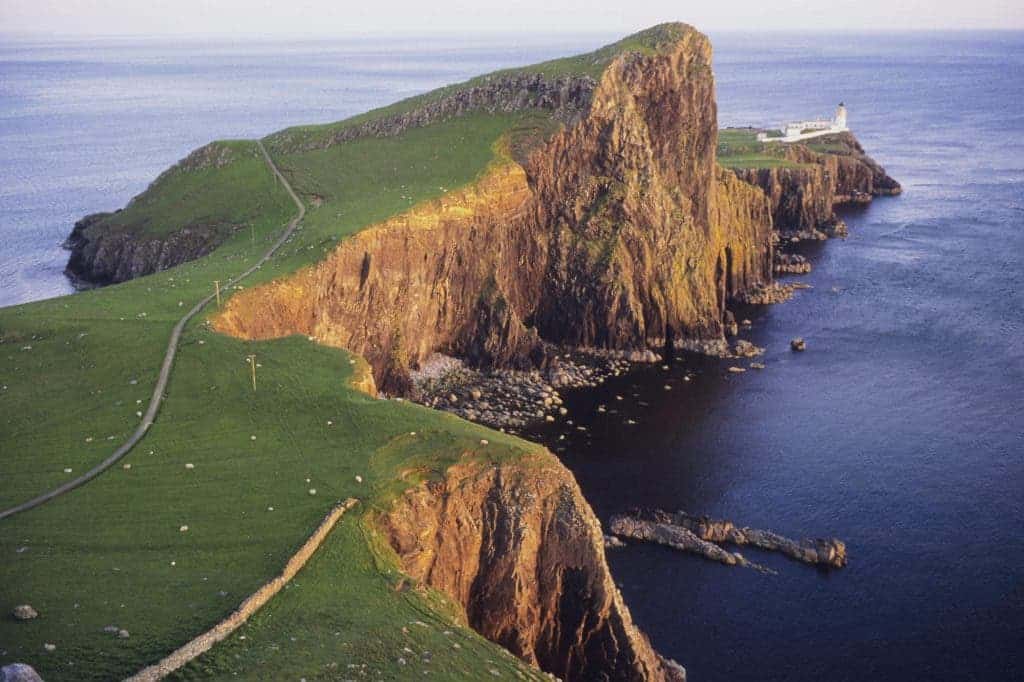A giant reptile which looked somewhat like a dolphin but had the behavior of a dinosaur was discovered around what is now the Isle of Skye, in Scotland. The predator, an Ichtyosaur lived 170 million years ago and its diet probably consisted of fish and invertebrates, but it may have also eaten sharks and even dinosaurs.
They were near the top of the food chain, feasting on pretty much everything that ventured in their waters. Large marine reptiles, Ichtyosaurs first appeared approximately 250 million years ago and at least one species survived until about ninety million years ago. Their evolutionary pattern is very interesting – it is believed that they evolved from a group of, as yet, unidentified land reptiles that returned to the sea, in a development parallel to that of the ancestors of modern-day dolphins and whales, which they gradually came to resemble in a case of convergent evolution.
Ichthyosaurs averaged about two to four metres (6 – 13 ft) in length. Some individual specimens were as short as one foot; some species were much larger. For example, Shonisaurus sikanniensis was estimated to have been twenty-one metres in length (almost 70 ft!). Ichthyosaur forelimbs and hindlimbs had been fully transformed into flippers and some species even had a fin on their back.
Remains of the animal were found at the Isle of Skye’s Bearreraig Bay, where amateur collector Brian Shawcross found them. Laudably, Shawcross didn’t keep the fossils to himself (as it often happens), but instead donated them to the Hunterian Museum in Glasgow. This allowed researchers to study and describe the species, which was ultimately named Dearcmhara shawcrossi – in honor of his name.
“We are honoured to name the new species after Mr. Shawcross and will do the same if any other collectors wish to donate new specimens”, said Steve Brusatte, of the University of Edinburgh’s School of GeoSciences, who led the study.
While the Island of Skye area is noted for Jurassic fossils, this is actually the first time that a marine reptile has been found in Scotland.

The Island of Skye is a remarkable place from a geological and paleontological perspective. Image via Style Favor.
During the time of dinosaurs, the waters of Scotland were prowled by big reptiles the size of motor boats,” Brusatte added. “Their fossils are very rare, and only now, for the first time we’ve found a new species that was uniquely Scottish. Without the generosity of the collector who donated the bones to a museum instead of keeping them or selling them, we would have never known that this amazing animal existed.
The study is a collaboration involving the University of Edinburgh, National Museums Scotland, the University of Glasgow’s Hunterian Museum, Scottish National Heritage and Staffin Museum, Isle of Skye. Not only is the finding spectacular, but this collaboration is also remarkable. Dr Nick Fraser, of National Museums Scotland, said:
“Not only is this a very special discovery, but it also marks the beginning of a major new collaboration involving some of the most eminent palaeontologists in Scotland. It has brought together key organisations, local collectors on Skye and specialists from further afield. We are excited by the programme of work and are already working on additional new finds. This is a rich heritage for Scotland.”










